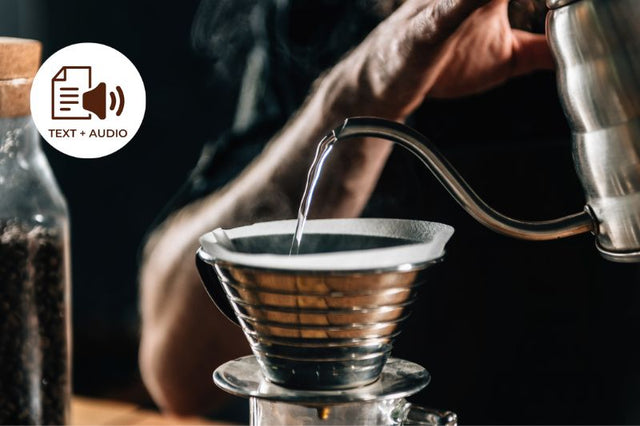
Kalita - Everything You Need to Know
Unlock the secrets of Kalita and take your coffee brewing skills to the next level. Discover the art of coffee brewing with this comprehensive guide to Kalita Wave. Whether you're...
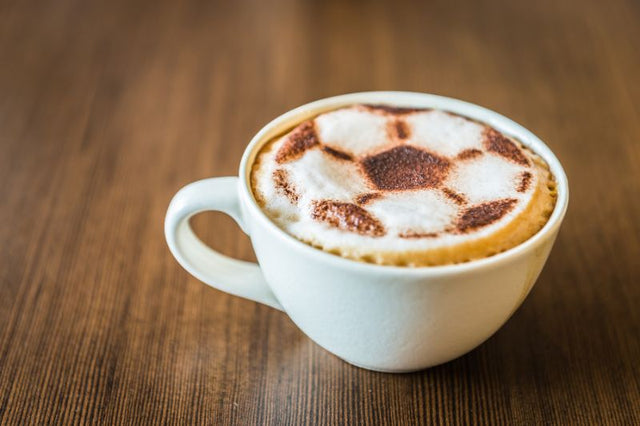
Coffee from Okinawa, dream of Naohiro Takahara, Soccer Legend
Discover how soccer legend Naohiro Takahara's dream of bringing Okinawan coffee to the world is transforming the local coffee industry.
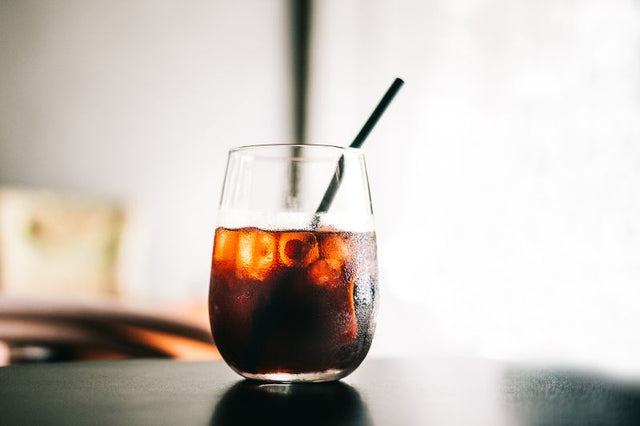
Why Japanese Iced Coffee is so popular
Discover the secret behind why Japanese iced coffee is so popular among coffee lovers. Learn about its unique brewing method and why it's preferred by many. Click to read more!...
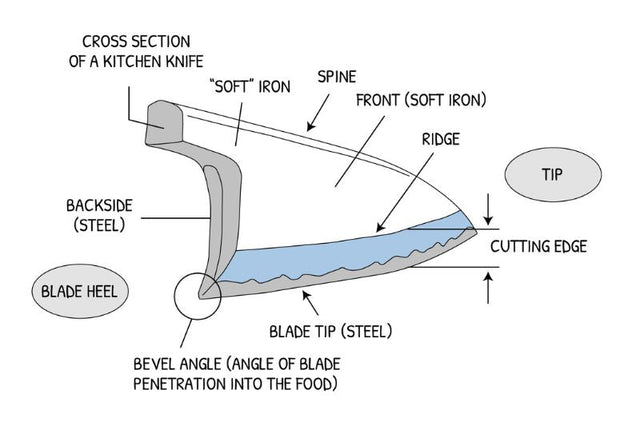
The Anatomy of a Knife – Everything You Need to Know about Parts of a Japanese Knife
Discover the anatomy of a Japanese knife and gain a deeper understanding of its construction, components, and how they affect its performance. Read more!
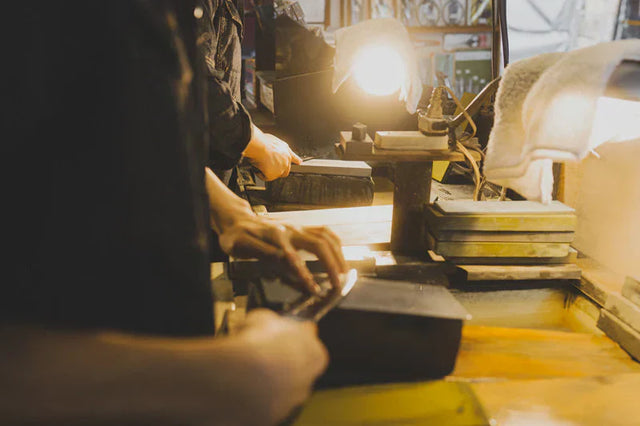
Everything you need to know about the History of Japanese Knives
Japanese knives have a rich history dating back to the ancient samurai era and are renowned for their superior craftsmanship and cutting performance.
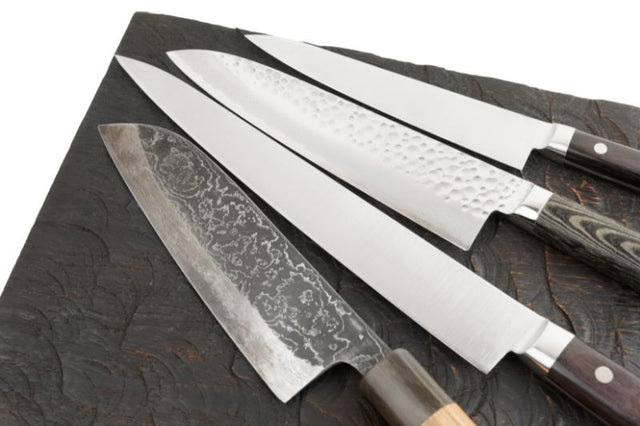
Eight Types of Japanese Knives and How to Use
Discover the art of Japanese knife cooking! Discover the 8 must-have knives for any chef and learn cutting techniques to elevate your culinary skills.
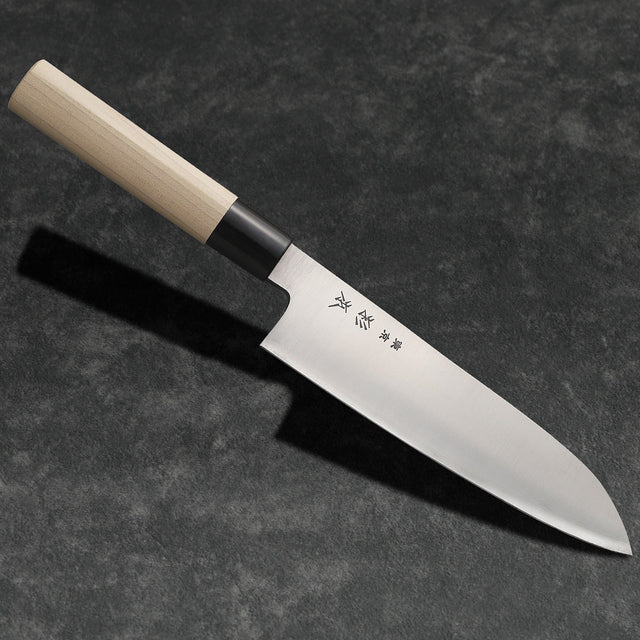
Everything You need to know about Gyuto Knife
Experience the precision and beauty of the Gyuto knife, a versatile Japanese blade that can handle any kitchen task.
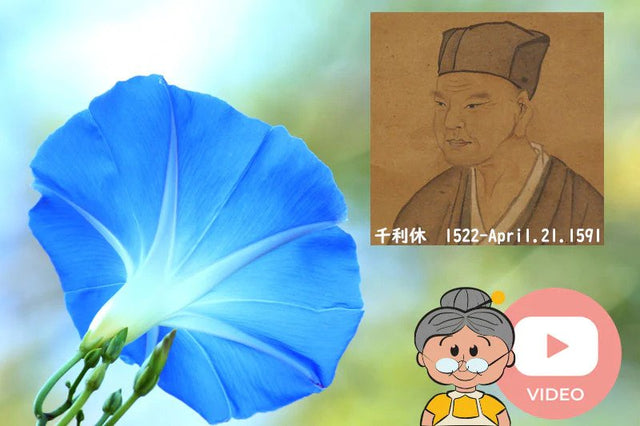
Sen No Rikyu – The Tea Master that Changed Japanese Tea Culture Forever
Learn the remarkable story of Sen no Rikyū, a renowned tea master whose creative techniques and ideas revolutionized the landscape of Japanese tea culture.
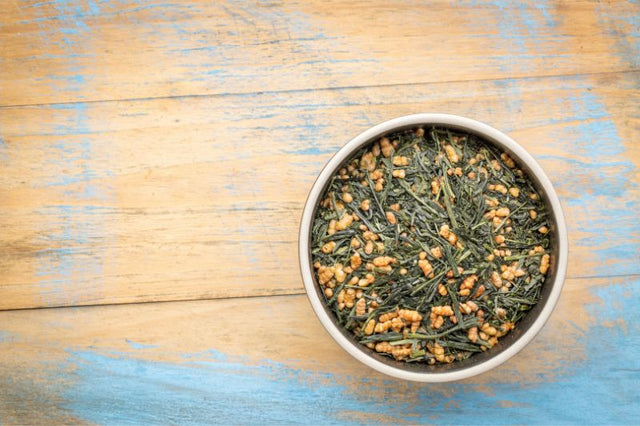
Everything You Need to Know about Genmaicha (玄米茶)
Genmaicha is a delicious and unique Japanese tea that combines green tea and roasted rice. Learn about its flavor, health benefits, and cultural significance in our comprehensive guide.
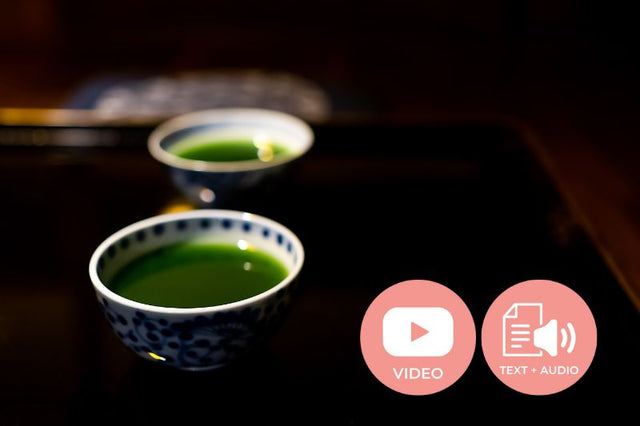
The History of Japanese Green Tea
Discover the rich history of Japanese green tea, tracing back centuries of tradition, cultivation, and the art of tea preparation in Japan.
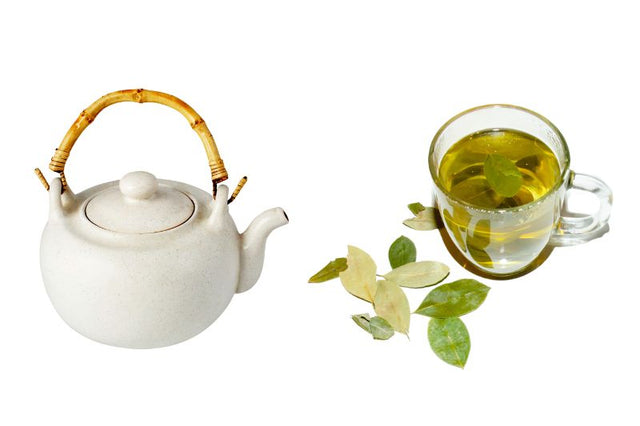
Japanese Green Tea vs. Peruvian Tea
I recently had the pleasure of visiting the Land of the Incas, Peru. Besides the many amazing sights, a local popular tea also held a fascination for me. I thought of...
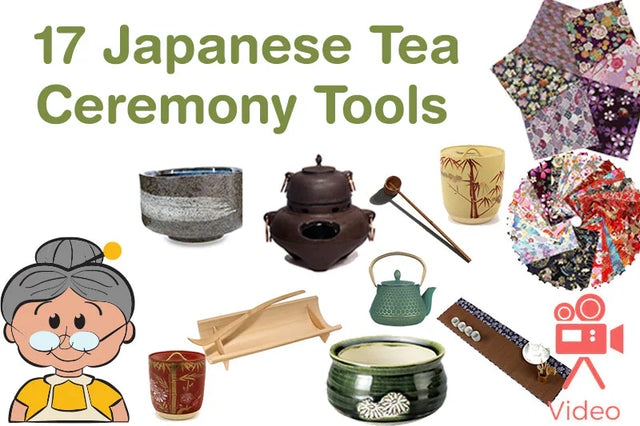
17 Japanese Tea Ceremony Tools
Discover a curated selection of Japanese tea ceremony tools on Amazon. Embrace the artistry of tea gatherings with authentic equipment.
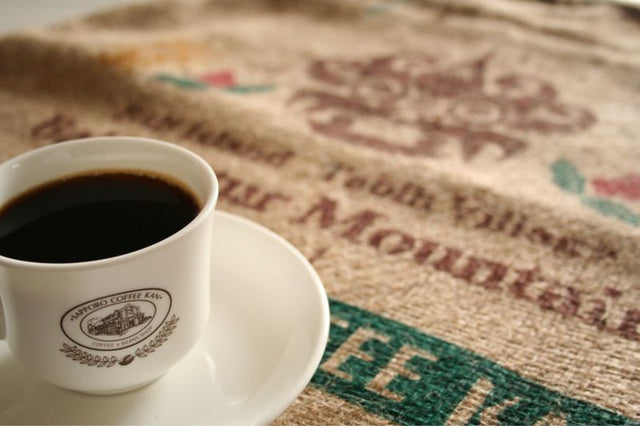
About Sapporo Coffee Kan - The Roaster
Learn about Sapporo Coffee Kan, a roaster in Japan that produces exceptional coffee beans. Discover their unique methods and the history behind their success. Find out what makes Sapporo Coffee...
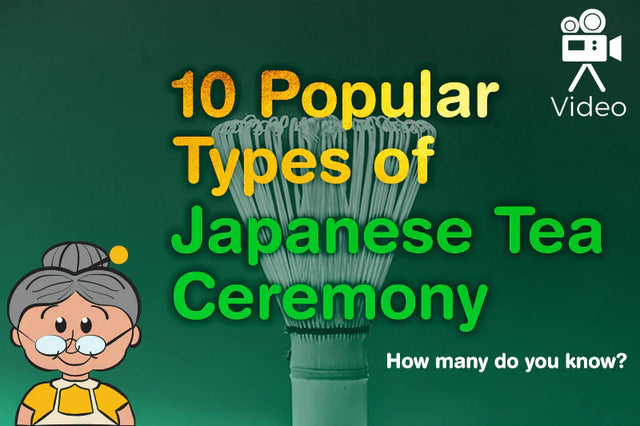
10 Popular Types of Japanese Tea Ceremony - How many do you know?
Experience the exciting world of Japanese tea ceremonies with our introduction to the ten most common styles. Explore ancient ceremonies, rich customs, and delectable delicacies.

What is Tea Ceremony?
The Japanese tea ceremony is the culmination of generations of tea school teachings and traditions. Its practice is a profound spiritual journey that begins with a simple principle: sharing tea...
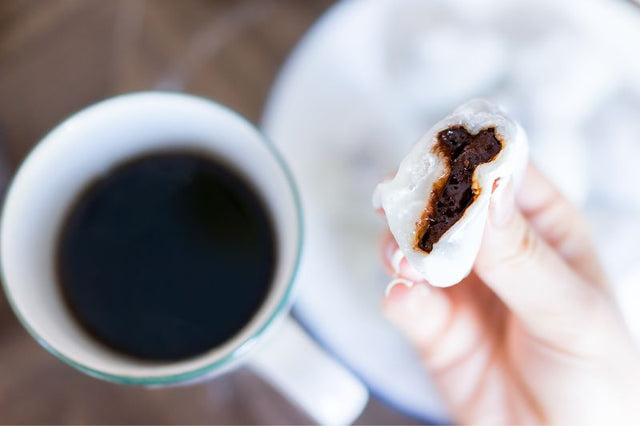
5 delicious Japanese food recipes you can make with coffee
Explore the unique flavors of Japanese cuisine in our latest article, featuring 5 mouth-watering recipes that all have one surprising ingredient: coffee! Click now to try something new and delicious...
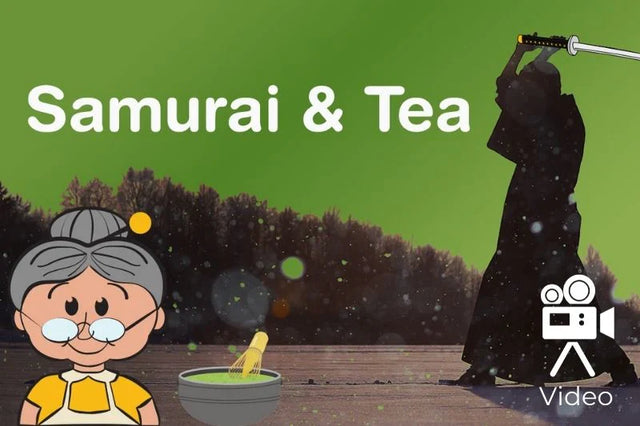
Samurai and Tea
How Tea Affected Japanese Warriors and Why they Used Green Tea – History of Japan explained by Obachan, the Grandma of ChaCha.Obachan explains Boy Kei the history - Watch the...
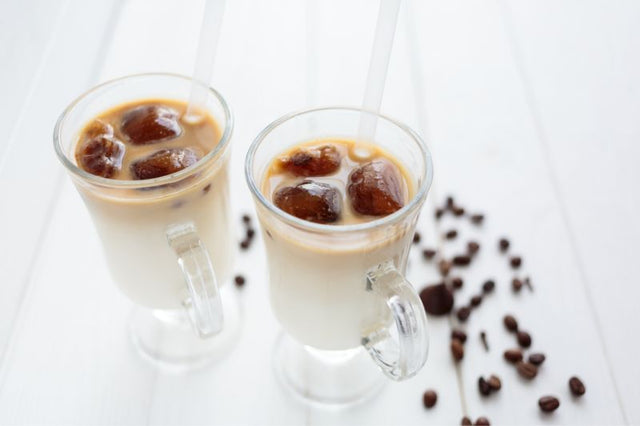
12 Unique Japanese Coffee Arrangement Recipes
Learn how to create stunning Japanese coffee arrangements with these 12 recipes, including Dirty Matcha Latte, Iced Hojicha Latte, and more! Perfect for impressing guests or spicing up your daily...
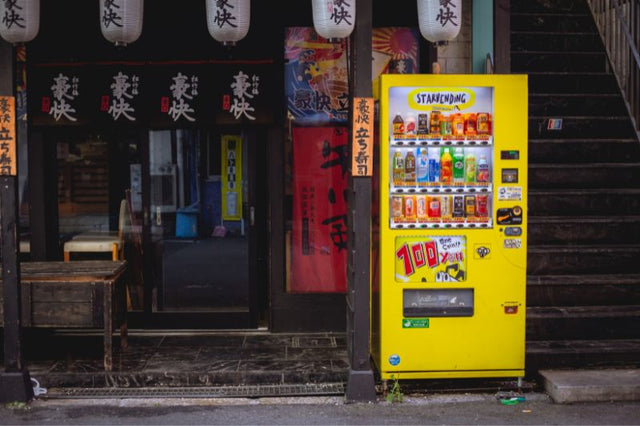
How Vending Machine Changed Japan's Coffee Culture
Learn how coffee vending machines in Japan have revolutionized the country's coffee culture. Discover the unique features and cultural significance.
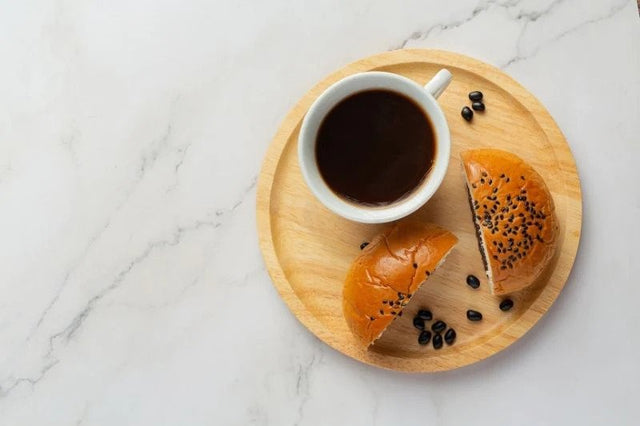
Anko & Coffee – AnCoffee?
Have you tried Anko Coffee, the latest trend from Japan? Discover the unique flavor combination of coffee and sweet red bean paste in this article!
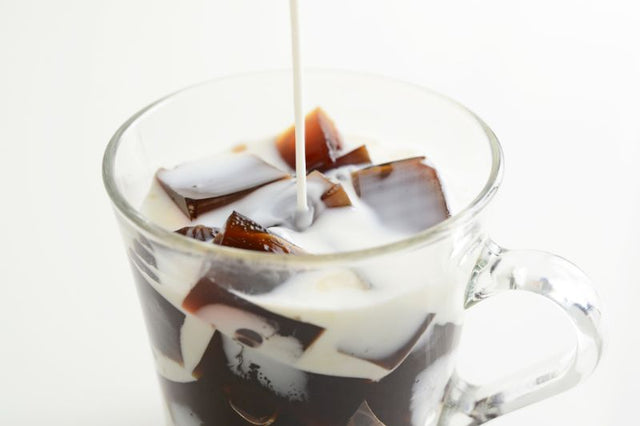
How to Make Japanese Coffee Jelly
Step up your coffee game with this unique Japanese coffee jelly recipe! Impress your guests and satisfy your sweet tooth with this easy-to-make dessert.
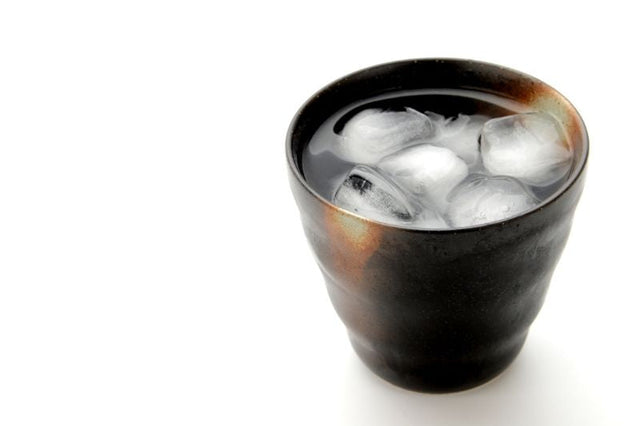
How to Make Coffee Shochu (コーヒー焼酎)
Looking for a new coffee cocktail recipe to try? Learn how to make delicious coffee shochu, a unique Japanese twist on a classic drink!
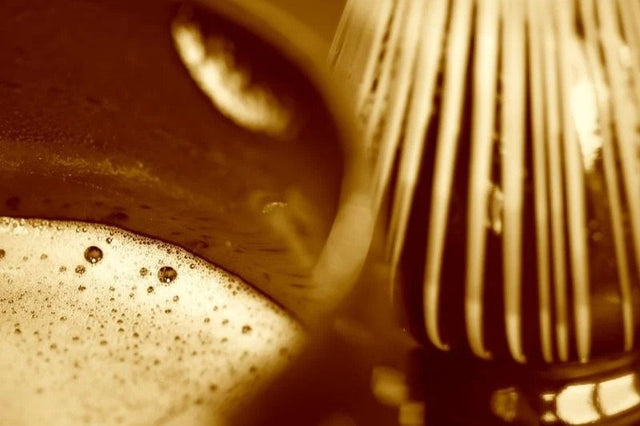
Coffee with Japanese Whisk? Otemae Coffee お点前珈琲
Experience the art of Japanese coffee-making with Otemae Coffee's unique twist: using a traditional bamboo whisk. Discover a new flavor sensation today!
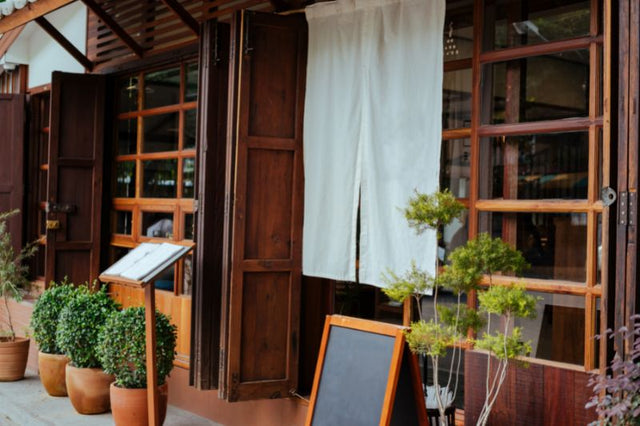
Kissaten (喫茶店): Its Birth up to the Present Day Concept
Unveil the fascinating history of kissaten, the iconic Japanese coffee houses, and learn how they evolved into a unique cultural concept.
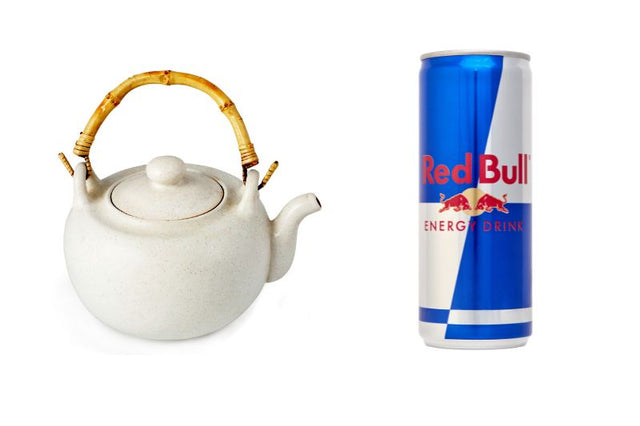
Japanese Green Tea vs Red Bull - 10 Battles You Don’t Want to Miss
Experience the conflict of energy sources: Japanese green tea and Red Bull, and learn about their advantages, caffeine levels, and flavor profiles in an epic battle of vitality and refreshment.
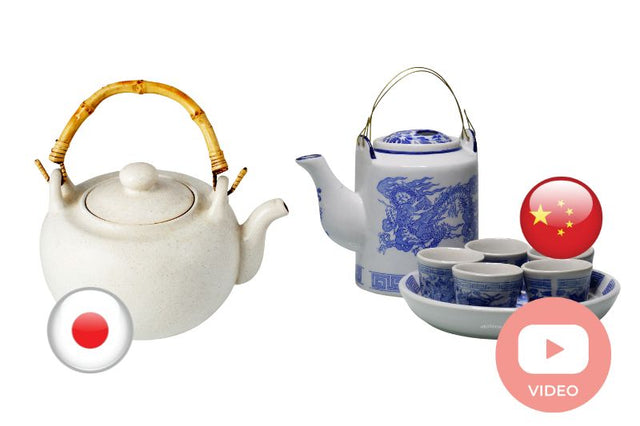
Japanese Green Tea vs Chinese Green Tea - 10 Battles You Don't Want to Miss
Learn the differences between Japanese and Chinese green tea. Explore their flavors, processing methods, and cultural importance. This informative article will help you expand your tea knowledge!

Your cart is currently empty.
Start Shopping
















